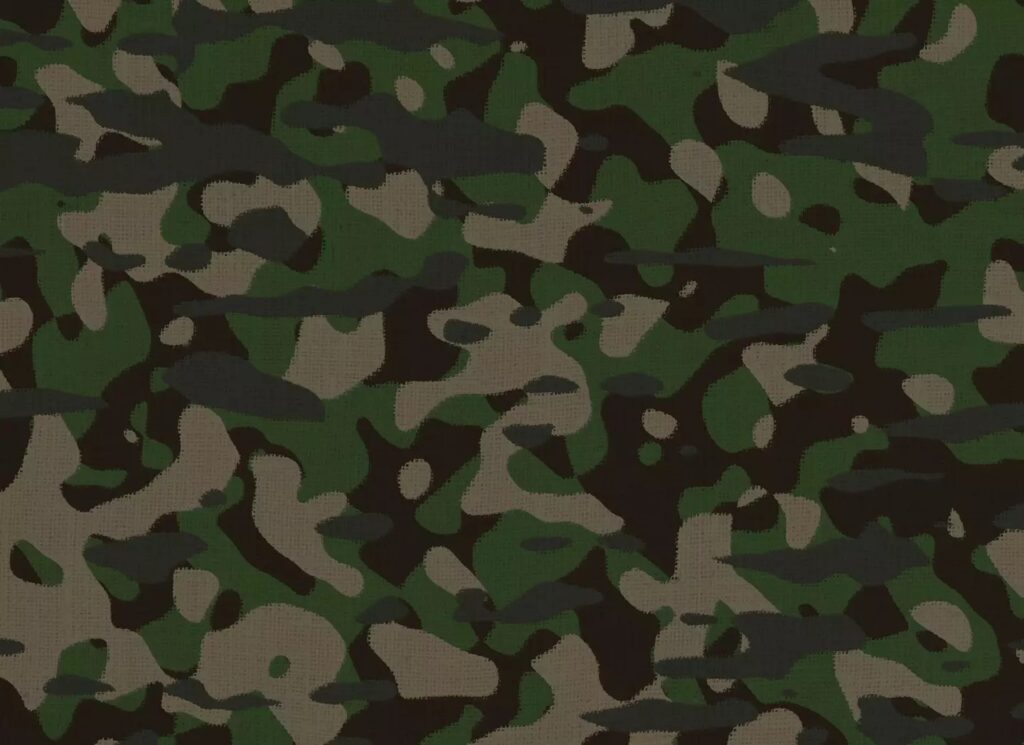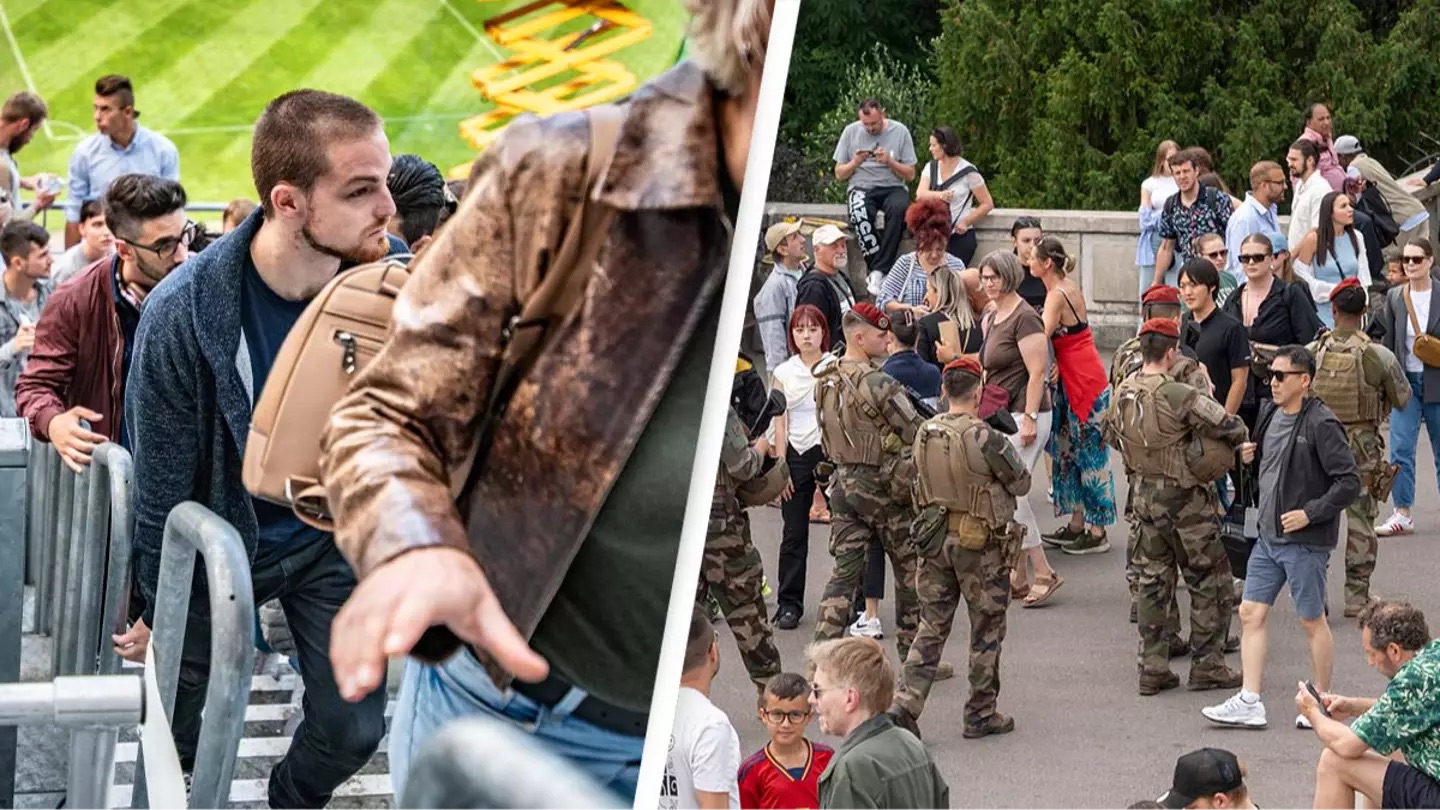Certain colors are outright banned in some countries, and the reasons are fascinating. While people have their personal preferences for colors, the prohibition in 18 nations goes beyond individual tastes.
Who would have thought colors could cause such debate? According to the World Population Review, many countries have banned a specific color pattern to clearly distinguish their citizens from others. Though this might seem odd at first, it becomes understandable when explained.
The aim is to create a clear separation between regular workers and those in dangerous or high-respect positions. To maintain this distinction, these countries have banned a popular pattern featuring earthy, military-like colors, ensuring no one is confused for an official.
This distinct camouflage pattern, known for its earthy tones, is viewed as a way to protect the prestige of military uniforms. With civil unrest in some countries, it became important to differentiate between allies and enemies, leading to the ban on camouflage attire. The issue became more pressing when dangerous groups began wearing the pattern. Today, 18 countries regulate camouflage clothing, with penalties for those who violate the rules.
Most Caribbean nations, like Antigua and Barbuda, and Barbados, have restricted the wearing of camouflage. Similarly, in the Hispanic islands of Dominica and Jamaica, civilians are prohibited from donning this pattern. Saint Lucia, Saint Vincent and the Grenadines, Grenada, and Trinidad and Tobago have also made it illegal, ensuring there is no confusion between civilians and military personnel.
In the Middle East, countries such as Azerbaijan, Saudi Arabia, and Oman have banned civilians from wearing camouflage. In 2019, Oman introduced fines and jail time for civilians wearing camouflage-themed items, from accessories to full outfits.

In Africa, nations including Nigeria, Uganda, Zambia, Zimbabwe, and Ghana restrict non-military individuals from wearing the print. The Philippines also allows only military personnel to wear camouflage. While many countries have these rules, the reasoning is clear: in conflict situations, it’s vital that civilians are not mistaken for military personnel.
If you own camouflage clothing and plan to visit any of these countries, it’s best to leave it behind.
